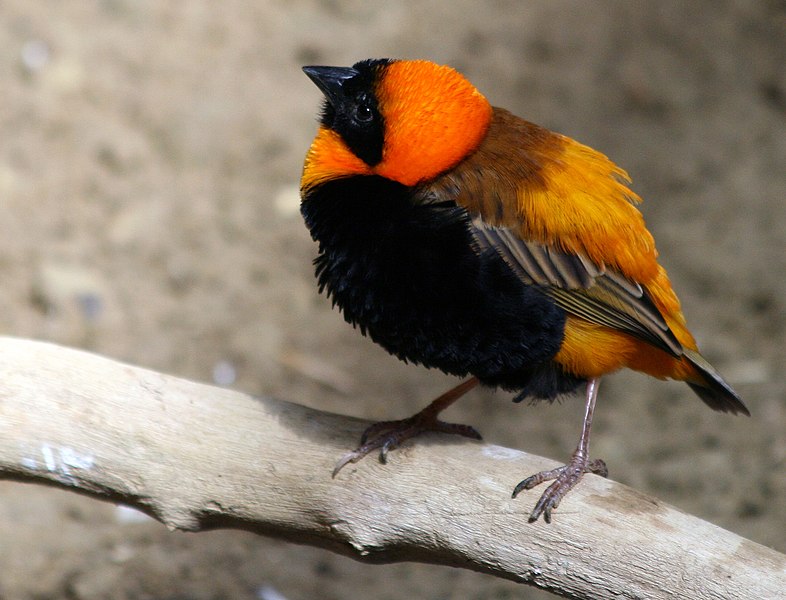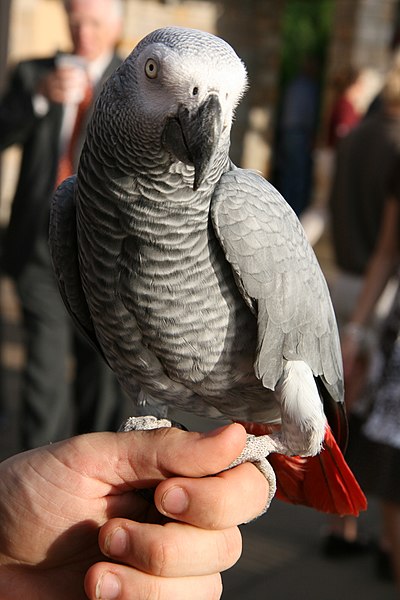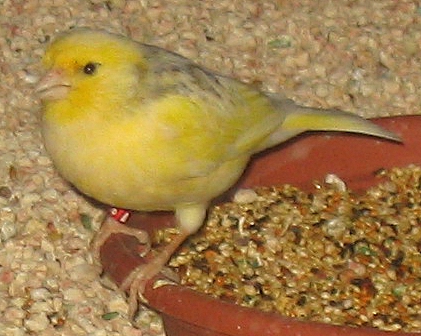 Among the Waxbills (Family Estrildidae) we find some of the most popular of all cage birds, most of which are referred to as “finches”. The related Weavers and Whydahs (Family Ploceidae), less commonly kept, are valued for their unique breeding and nest-building habits. Oddly enough, only a few species of True Finches (Fringillidae) have actually made their way into finch collections. Read More »
Among the Waxbills (Family Estrildidae) we find some of the most popular of all cage birds, most of which are referred to as “finches”. The related Weavers and Whydahs (Family Ploceidae), less commonly kept, are valued for their unique breeding and nest-building habits. Oddly enough, only a few species of True Finches (Fringillidae) have actually made their way into finch collections. Read More »
Category Archives: Bird Behavior
Feed SubscriptionSleep – the Key to Teaching Your Parrot New Words and Tricks?
 Like many parrot owners, I’ve tried just about everything possible to teach my birds to speak – repetition, “mentor birds”, training CDs, begging and pleading, and so on. A recent article in The Journal of Neuroscience (Jan. 2010) has added a new technique – a good night’s sleep! Read More »
Like many parrot owners, I’ve tried just about everything possible to teach my birds to speak – repetition, “mentor birds”, training CDs, begging and pleading, and so on. A recent article in The Journal of Neuroscience (Jan. 2010) has added a new technique – a good night’s sleep! Read More »
More Than Just a Pretty Song – Taming and Training Your Canary
 The Canary (Serinus canaria), known the world over for its fine song, has another side – certain individuals not only become quite tame, but can also learn a host of tricks. Most of the older bird keepers I worked with at the Bronx Zoo had honed both breeding and training skills on these delightful little birds. Space for parrots was not always available to those of us growing up in NYC, and Canaries were far easier to manage. Read More »
The Canary (Serinus canaria), known the world over for its fine song, has another side – certain individuals not only become quite tame, but can also learn a host of tricks. Most of the older bird keepers I worked with at the Bronx Zoo had honed both breeding and training skills on these delightful little birds. Space for parrots was not always available to those of us growing up in NYC, and Canaries were far easier to manage. Read More »
A Well-kept Pet Parrot Secret – The Pionus or Red-Vented Parrots
 Sometimes viewed as less talkative “versions” of the popular Amazons, the Red-Vented Parrots (Pionus spp.) have until recently been overlooked by aviculturists. Many are now coming to realize that this is a mistake, as these wonderful birds have much to recommend them – at a fraction of the price of “flashier” species! Read More »
Sometimes viewed as less talkative “versions” of the popular Amazons, the Red-Vented Parrots (Pionus spp.) have until recently been overlooked by aviculturists. Many are now coming to realize that this is a mistake, as these wonderful birds have much to recommend them – at a fraction of the price of “flashier” species! Read More »
Meet the Java Sparrow – Something Different for Finch Enthusiasts
 I’ve always viewed the Java Sparrow, Padda oryzivora, (a/k/a Java Rice Bird, Java Finch) as something of a “stepping stone” between the small, typical finches and the larger, less common softbills. Indeed, the moniker “sparrow” fits it well – despite being a true finch, its relatively large size (5 ½ inches), stout build and thick bill lend it a distinctly “un-finch-like” appearance. Read More »
I’ve always viewed the Java Sparrow, Padda oryzivora, (a/k/a Java Rice Bird, Java Finch) as something of a “stepping stone” between the small, typical finches and the larger, less common softbills. Indeed, the moniker “sparrow” fits it well – despite being a true finch, its relatively large size (5 ½ inches), stout build and thick bill lend it a distinctly “un-finch-like” appearance. Read More »
 That Bird Blog – Bird Care and History for Pet Birds
That Bird Blog – Bird Care and History for Pet Birds
